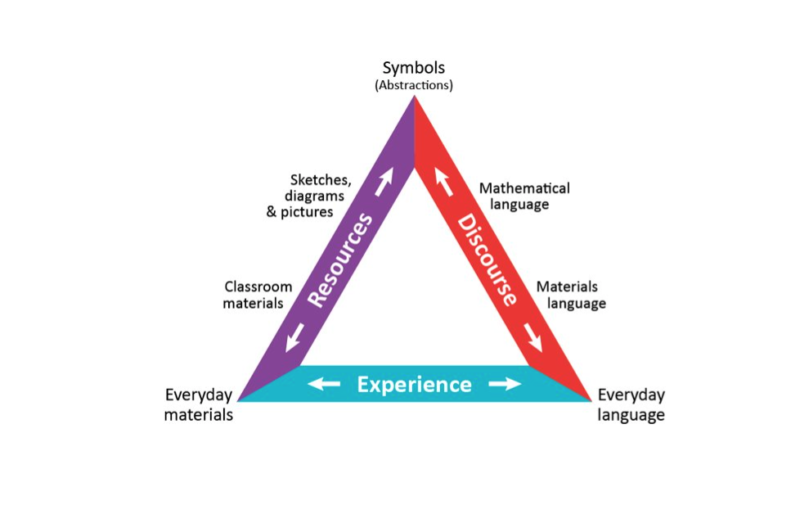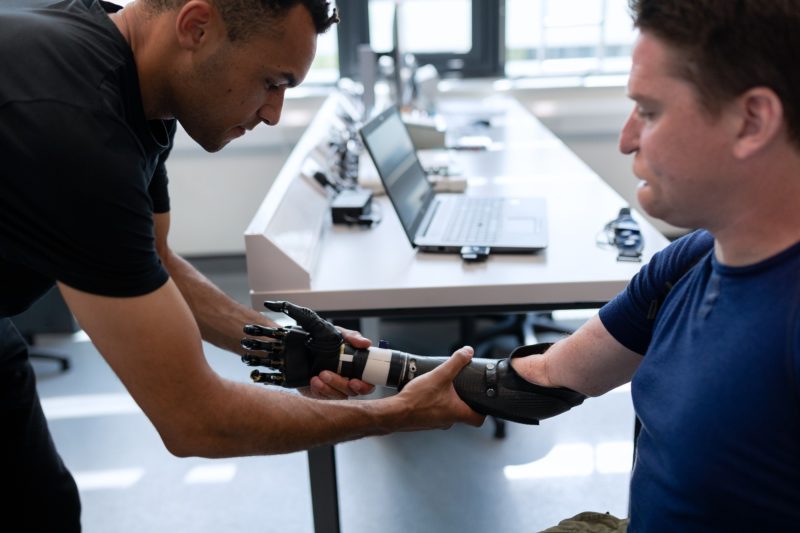Equity
Hooking Kids on Robotics and Math
Pop Quiz: For what appendage was the first known prosthetic made? Would you believe me if I said it was a ‘big toe’? That’s right, and it dated as far back as 950 B.C.! It consisted primarily of moulded wood and was held in place with leather and thread. Artificial limbs have come a long way since, shifting into the realm of robotics with 3D printing and bionic limb technology. Prosthetics are getting faster, lighter, stronger, and more lifelike with increased articulation and control. Just to illustrate how fast this industry is advancing, the upper-limb split-hook, which allowed amputees to hold and squeeze objects, was patented in 1912. Today we have upper-limb prosthetics so dexterous that you can successfully use a zipper. If you think about Inspector Gadget and The Terminator, the science of biomechanics has captivated minds, imaginations, and children for years and years, making it a powerful “hook” to engage students in mathematics. While medical professionals, biologists, and a wealth of engineers are often thought to be behind the science of biomechanics, it is mathematics that is the base of it all.
Integrating a discussion about the mathematics behind bionics creates an opportunity for students to be empowered in their understanding of their peers’ uniqueness and celebrate their diversity. Robotics is the future and the present. Within this scope we can introduce students to concepts of mathematical programming, electronic sensors, and automation, and they can develop critical computational thinking skills to understand the role of math in disability inclusion. It’s a tangible and humanized learning opportunity!
Activities involving robotics require students to collaborate, think computationally, identify and solve problems, and innovate – all fundamental skills to carry students into the future. Even in Kindergarten, children are enamored with structures they can build and toys they can manipulate. It is all in how we as teachers frame the instruction.
Some tips for integrating educational robotics into your math lessons, especially for your older primary school students:
- Organize your classroom to facilitate project-based learning and have students collaborate to complete mathematic projects.
- Encourage students to use tools for planning and executing project development, so they can show the mathematics involved in their solutions.
- Allow students to communicate their processes and results using all modes of communication: verbal, graphic, virtual, written means, and three-dimensional models. Following the ORIGO model can help.

- Encourage communication and collaboration skills by asking students to present to each other and engage in metatalk (conversations about thinking).
- Create open-ended projects where there is more than one solution.
- Ask students to consider prior knowledge learned in this and other classes, and life!
- Let your students’ technology, science, or other teachers know what students are working on in your class so that they might assist and/or provide guidance and suggestions.
- Encourage students to look for multiple ways to solve a problem.
- Highlight key concepts, for example algebra and geometry, embedded in their solutions.
- Emphasize the importance of ratios and proportions within educational robotics.
To be proficient problem solvers, students must first learn to see math in the world around them. Structuring a discussion around robotics and disability awareness also goes a long way to creating students who are inclusive learners and humans.
To help integrate this approach, ORIGO Education have multiple packages within the Problem-Solving resources, including Cue Think and Think Tanks, to help students investigate and problem solve in a real-life context.
Resources:
https://news.mit.edu/2021/inflatable-robotic-hand-tactile-0816
https://www.medicaldesignbriefs.com/component/content/article/mdb/pub/briefs/21477



